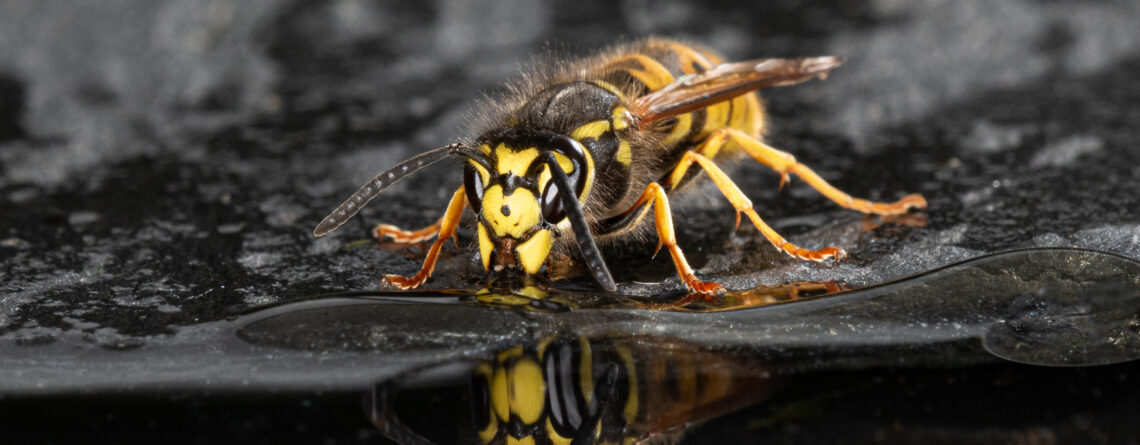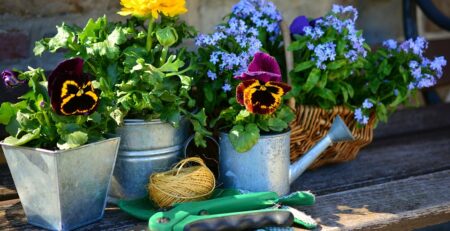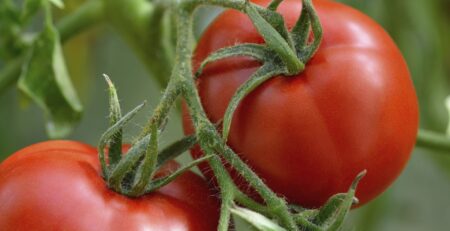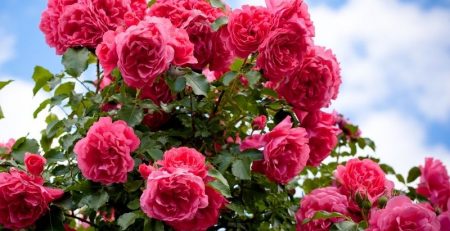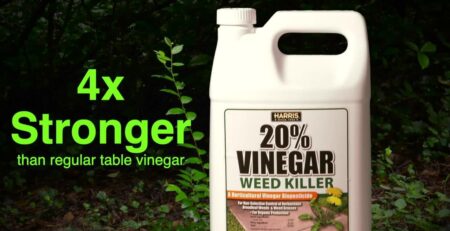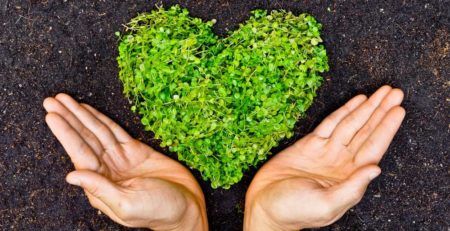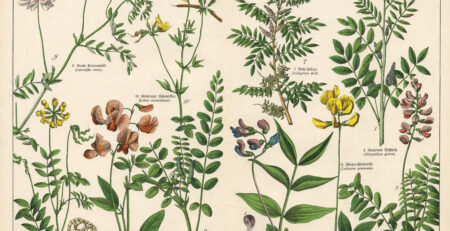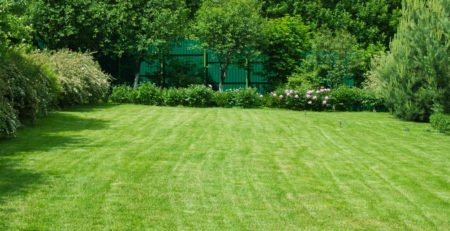Why Are Wasps In My Garden?
If you’ve got a garden, you’ve got wasps. Gardens provide a wasp with everything it needs to survive, food in the form of insects and nectar, as well as water and shelter. Wasps can be beneficial as pollinators and predators of nuisance insects, but they can become a nuisance themselves if they nest close to high traffic areas. By learning to identify these wasps and anticipating where the nest may occur, you can reduce the chance of getting a painful and potentially dangerous sting.
There are many species of wasp that may visit your garden, but the ones that present the greatest stinging hazard are the social wasps of the family Vespidae: paper wasps, yellowjackets and bald-faced hornets. Social wasps are so called because they live in nests they build and defend cooperatively. These wasps construct their nests by mixing wood fibers with saliva
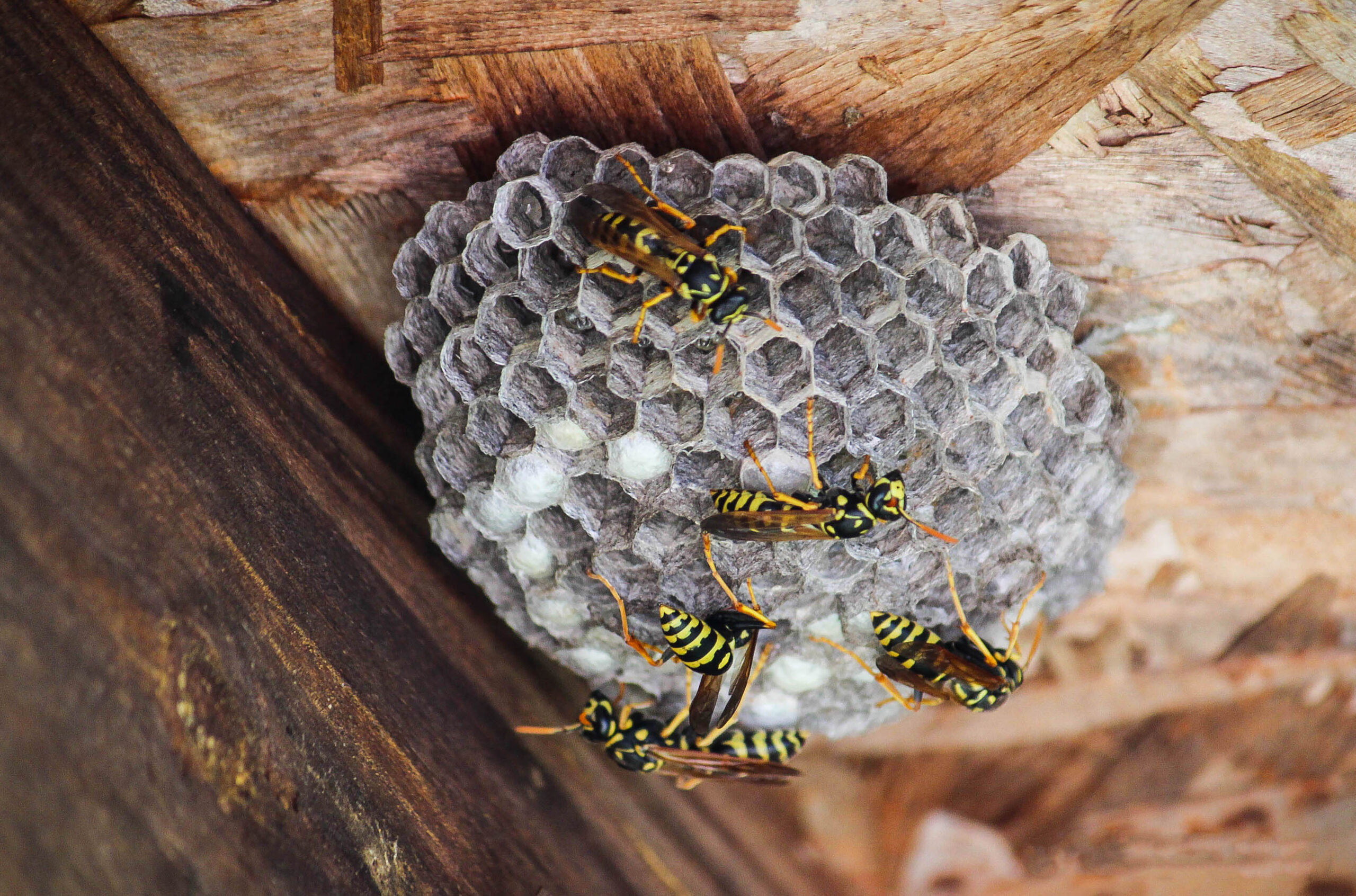
to form a paper-like material that can be molded into brood cells and other nest components. A distinguishing characteristic of social wasps is their defensive behavior. If social wasps perceive a threat to the nest, the colony may launch a coordinated assault on the intruder. The defending wasps release alarm pheromones, which attract other colony defenders to the area. This ability to attack en masse makes them dangerous to people working in the vicinity of a nest.
Paper wasps are one of the most commonly encountered garden wasps. They are ¾ to 1 inch long and generally reddish orange to dark brown. They often have yellow body markings. Paper wasp nests are the small ones you may see hanging from the eaves of houses or other structures. The nests are umbrella shaped and are attached to the site by a single filament. Paper wasps can nest in a variety of sheltered sites in the garden including picnic benches, pergolas, sheds and even in bushes. You may notice these wasps chewing on wooden fence posts or other wooden objects as they gather wood fibers for nest material. Paper wasp colonies are usually small, ranging from 20 to 75 adults. These wasps are not considered aggressive unless the colony is disturbed. A paper wasp may warn intruders who get too close to the nest by flying into them without stinging.
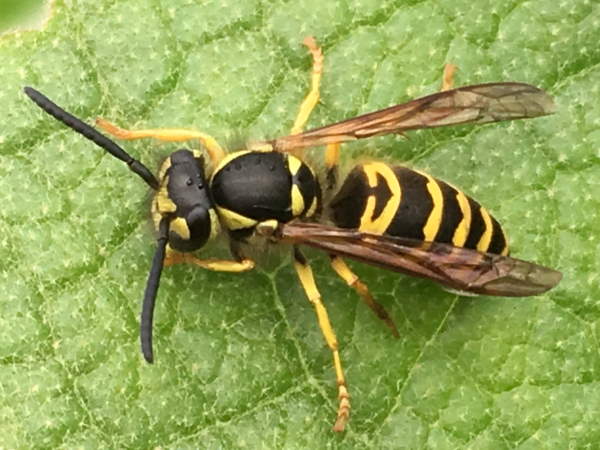

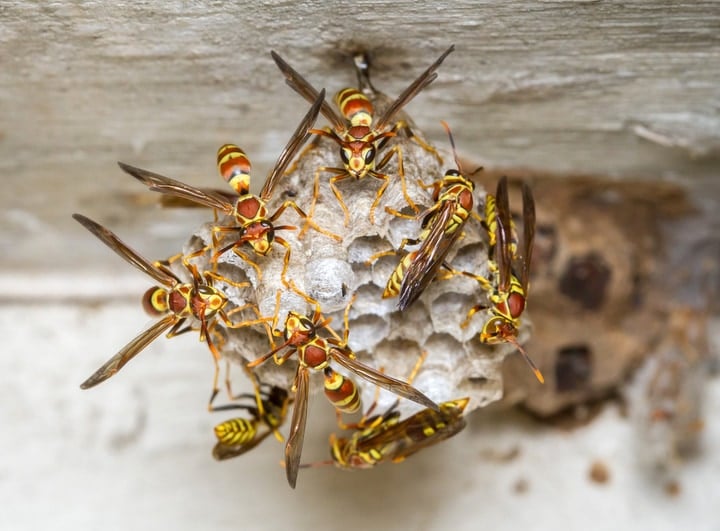
Yellowjackets are familiar to most people. These are the yellow and black wasps that buzz around food and trash cans and disrupt picnics. Yellowjackets forage for flies, caterpillars and spiders but also for nectar and sugars. These wasps can be a problem in the garden when they become attracted to ripening fruits. Yellowjackets nest primarily in the ground or in enclosed sites such as wall voids, flowerpots, hollow logs and more. Because they are enclosed or underground, these nests may be harder to spot. Yellowjackets are considered more aggressive than paper wasps, and because their colonies are much larger, consisting of possibly thousands of individuals, they present a much greater hazard to gardeners than the paper wasps.
A third type of social wasp you may encounter is the baldfaced hornet, which is not a true hornet but a type of yellowjacket. Baldfaced hornets are ½ to ¾ of an inch long and are mostly black with white or ivory markings on the face, thorax and the tip of the abdomen. Like the other vespids, they forage for insects, nectar and other sugary juices. Baldfaced hornets may also be attracted to over-ripe fruits. Hornet nests almost always are above ground and often high in trees or occasionally may be attached to buildings. Hornet nests are the papery looking, big, grey, pear-shaped nests you see hanging in trees. A mature colony may contain 200 to 400 adults. Because hornets usually nest in remote locations, there is a lower probability of encountering a colony, but if disturbed, these wasps will also defend their nest aggressively.
When you see an individual wasp at work in the garden, chances are it is foraging for food or nest materials and not considered to be aggressive.
Wasps can forage up to a half a mile from the nest, so their presence does not necessarily mean they have set up shop in your garden. Signs that you may have nesting wasps include the presence of a nest, increased wasp activity in a specific area and observing wasps entering or exiting a particular location. You may be able to see the flight line of a wasp as it makes its way back to the nest from foraging. Once you have determined that you do have a colony present, you must make the decision whether to leave it or destroy it. Wasps are beneficial insects but also pose a health threat to humans, especially those with sensitivities to stings. If you decide the colony needs to be removed, you must decide whether to attempt removal yourself or to call a professional pest control company. Individuals with sensitivity to wasp stings should never attempt to remove a nest themselves.
As fall approaches, yellowjackets are known to become more aggressive, possibly due to the fact that populations are high, and food supplies are dwindling. To reduce the incidence of these pests in and around the garden, make sure to keep fruit harvested and don’t let fallen fruit stay on the ground. Keep food and beverages out of the garden and keep all trash cans covered. Once winter sets in, the colonies of all the social wasps will die off and the remaining female wasps will overwinter in a sheltered area. At this point, the nest will be abandoned and will not be reused the following season.
While working in the garden, you can reduce your chances of being stung by following these guidelines recommended by Oklahoma State University:
-Avoid the use of sweet-smelling colognes, perfumes and hair sprays in wasp areas.
-Do not sit or stand near trash cans, fallen fruit or other wasp feeding sites.
-Do not wear brightly-colored clothing
-Do not swat or move rapidly when a wasp visits you or your food or drink; move slowly.
-Do not approach a nest; if you do disturb a nest, run away from the attacking wasps.
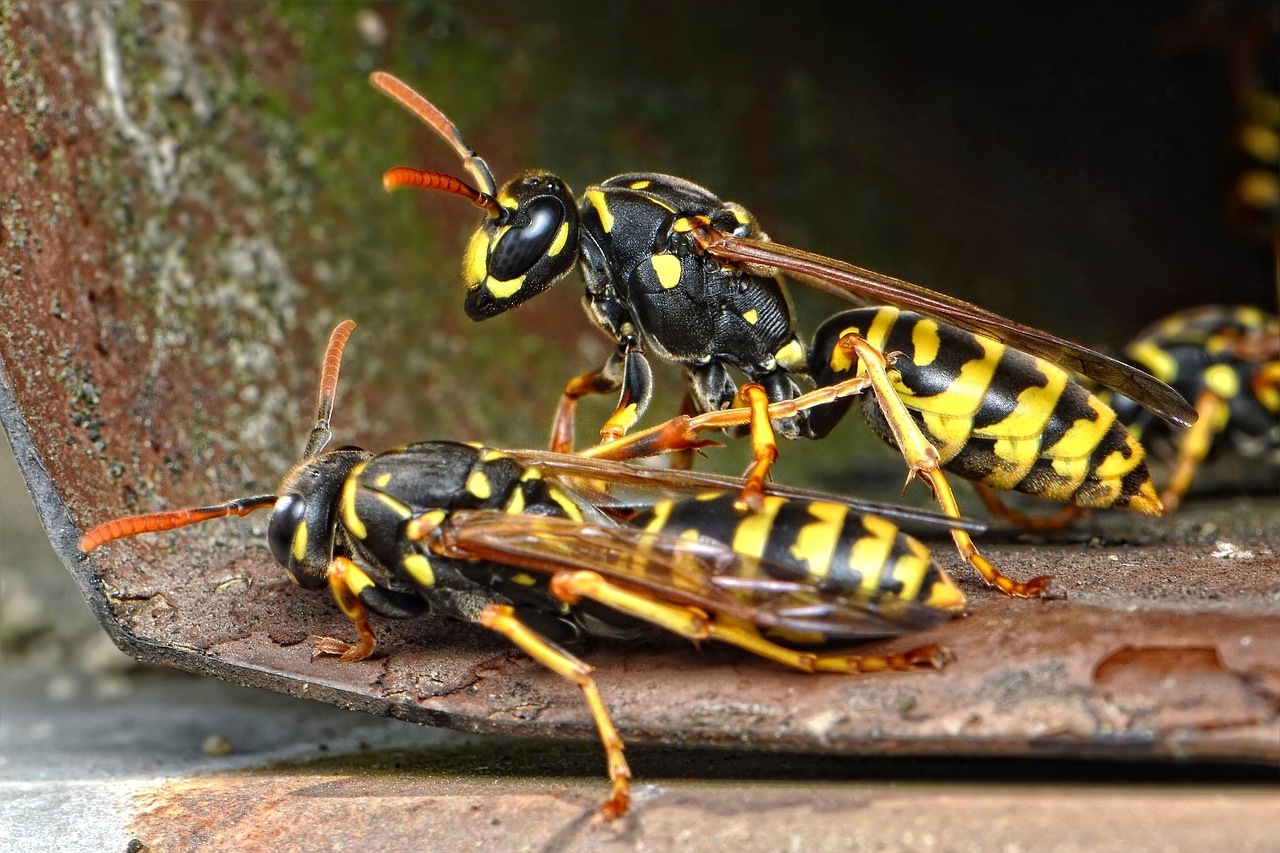
https://extension.okstate.edu/…/paper-wasps…
For more information on identifying and managing wasps in the yard and garden, visit:
https://extensionentomology.tamu.edu/…/E239-Paper-wasps…
https://entomology.ca.uky.edu/ef620

